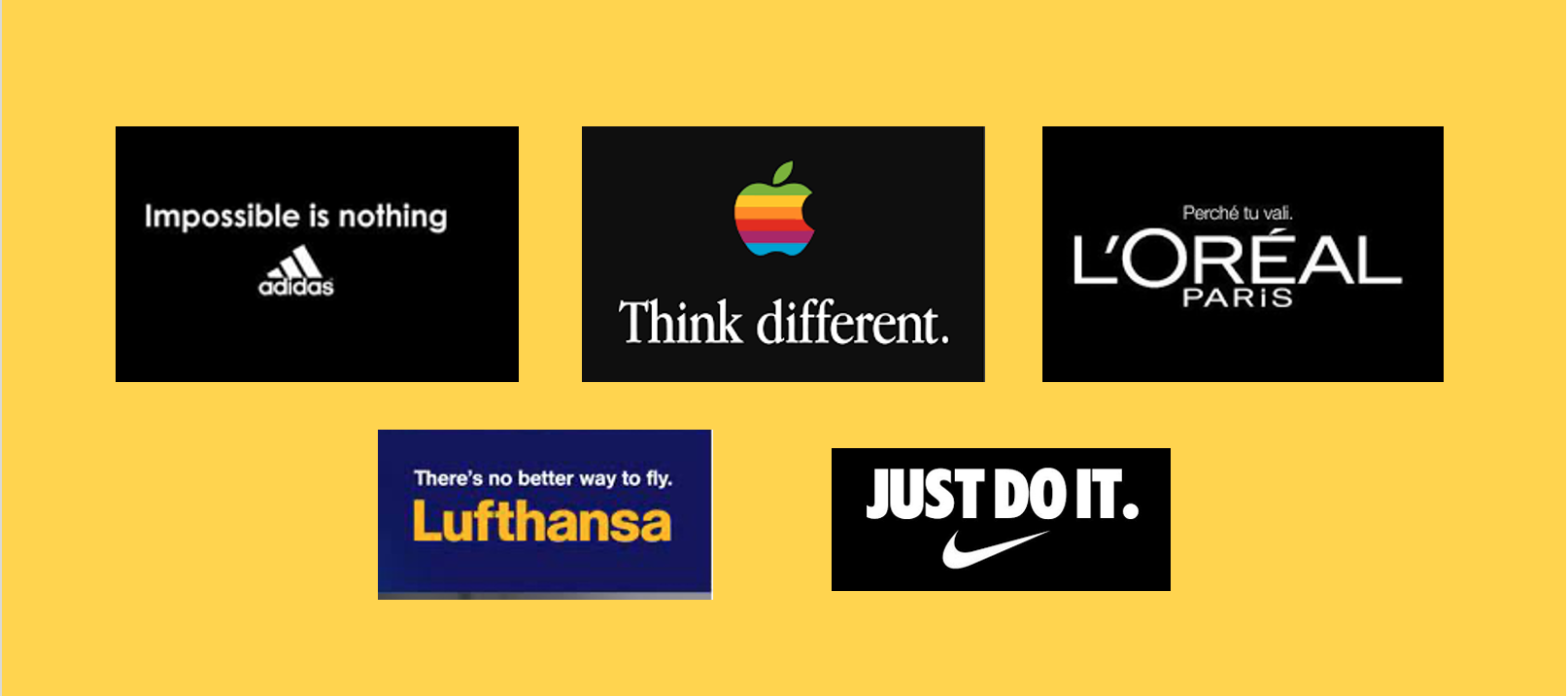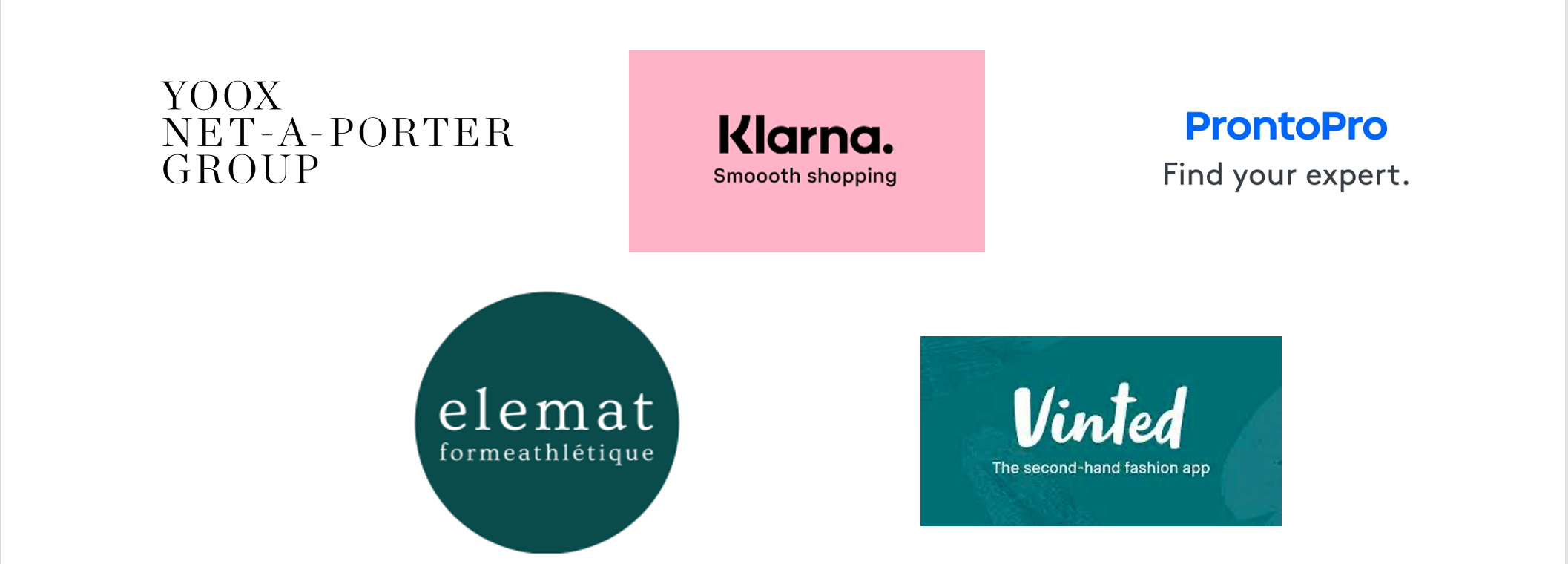THE IMPORTANCE OF BRAND IDENTITY – Step 1
Key Elements: Value Proposition, Mission, Pay-off, Storytelling and Tone of Voice
The word “brand” comes from the Nordic term “brandr” which means: to burn, to mark on fire. And it is not a case. A lot of people think the good quality of a product, or a technical innovation is enough to attract attention, but it’s the perception we had already, before trying a new product or service, that plays the main role.
«Brand is the perception of the company in the eyes of the world».
Whether your product or service has value, whether it actually solves problems or improves people’s lives is a different thing from giving the idea that your company knows how to do it. That’s why the brand is important, because it attracts and “marks” us with an idea about it, even before we have actually tried a product.
Brand identity is how you want your brand to be perceived.
It is a decision that greatly influences not only the image, but the business strategy itself. Failure to build brand identity also means spending more time growing in the future. The brand identity represents the personality of the company: its values and the vision of what it can achieve.
In increasingly competitive markets, companies need to stand out and “get noticed”:
- An innovative business needs to capture the attention, gain the trust of investors, partners and potential customers.
- A product or service must give the idea of being better/more performing than existing ones before being purchased, otherwise it will not be chosen.
- A company, especially if starting out as a start-up, needs to make itself known and gain trust.
Through a strong identity, a company is able to achieve an appropriate positioning in the market, to distinguish itself from its competitors, attract new customers, increasing brand awareness.
WHAT ARE THE STEPS TO BUILD THE BRAND IDENTITY?
The brand key elements may be divided in:
- WHY AND WHAT – messages and content:
- Mission
- Value Proposition
- Pay-Off
- Storytelling
- Tone of Voice
- HOW – the visual identity:
- Logo
- Color palette, Typography, Design
- Image
- Style
- WHERE AND THROUGH – communication channels
- Web site
- Social Pages
- Video
- Podcast
In this article, we analyze the first group of elements.
WHY -THE MISSION STATEMENT
Creating the corporate mission means clearly communicating who you are, what you do and what customers can expect from the business.
The mission answers some simple questions, such as: What was the reason that led you to create your business? What are your goals?
The answer to these questions can’t simply be the search for a profit, on the contrary the mission statement:
- Clarifies what the business does and for whom
- Explicit promise to customers
- Declares the company values, e.g. its commitment
The mission statement expresses the reason why you have created your business, invested time and money and risked, for this it expresses motivation, passion and conviction.
Unlike the corporate vision, which refers to projecting the business into the future, the mission statement briefly describes your company’s purpose, how the company pursues it, and why you choose to do it the way you do.
Mission statement examples:
GAP – We create emotional connections with customers around the world inspiring product design, unique store experiences and compelling marketing.
APPLE – We design the best personal computers in the world, lead the digital music revolution, reinvented the mobile phone and are defining the future of mobile media and computing devices.
If we compare the mission of the Gap with that of Apple we see that the former emphasize their difference in creating experiences for customers, while the latter leverages their ability to drive innovation. That is, both describe what makes them different.
Define your own Value Proposition.
It is a sentence, or rather a statement that briefly explains what benefits you offer your customers, how you respond to your customers’ needs and what makes you unique.
While the mission statement is YOUR WHY, the value proposition is the WHY OF THE CUSTOMERS, it explains why they should choose you. It is the motivation that drives the customer to your company, the benefit they can get.
The Value Proposition answers the questions:
What problem do you solve for the customer?
Who has this problem?
How do you solve this problem?
Example: SLACK
Slack is a team collaboration tool with a simple, easy-to-use platform and instant messaging capabilities. Slack is perceived as a nice alternative to classic work tools with an innovative approach, and has been a fast-growing startup, used by 77% of Fortune 500 companies.
MISSION:
Slack brings all your communication together in one place. It’s real-time messaging, archiving and search for modern teams.
VALUE PROPOSITION:
«Slack is a place where your team comes together to collaborate, important information can be found by the right people, and your tools pipe in information when and where you need it»
Not to be confused with the Value proposition is the Pay-off, a short sentence placed under the logo of a company, which makes its identity explicit, allowing the brand to be easily recognized in any context or circumstance.
A well-designed pay-off helps to distinguish itself from competitors.
To create an effective pay-off, the message must:
- Be short and immediate.
- Be simple to remember, easy to read.
- Be positive and pleasant.
- Briefly reflect the mission and identity of the Brand.
- Highlight the quality of the brand, better focus on one thing.
- Excite.
- Be original, avoid being inspired by already known messages.
- Be user/customer centric, talk to the customer.
Let’s see some FAMOUS PAY-OFFS:

Adidas. Impossible is nothing
Nothing is impossible when you really and seriously commit to something: a concise and clear message that emphasizes the infinite possibilities of the athlete in his/her sporting performance.
Apple. Think Different
Apple Pay-off fully reflects what Apple’s values are: a rebellious, innovative, creative company that places itself outside the known schemes, exploring paths still unknown.
L’Oreal Paris. Because you’are worth it
The pay-off effectively supports female self-esteem, emphasizing the ability of every woman to be beautiful, to affirm herself with authenticity and to express herself and her values.
Lufthansa. There’s No Better Way to Fly
The pay-off summarizes the strengths of the service guaranteed to travellers, namely quality, safety, reliability and comfort, essential elements in the air transport sector.
Nike. Just Do It
This pay-off was launched by Nike in July 1988, and is aimed not only at sportsmen, but at everyone, also expressing a philosophy of life, inviting to action.
If we analyze some start-up pay-offs, we notice that the emotional message becomes more descriptive:

This is because, in a market entry phase, giving a simple message that eliminates doubts about the type of business is important for building trust.
STORYTELLING AND CONTENT
Mission, value proposition and pay-off are all messages that express the identity of a brand. But how to tie them all?
Through a compelling story.
Storytelling simplifies the transmission of all messages through the creation of distinctive content that codifies the brand identity.
Business stories are informal, not necessarily fair and precise in description, and should not be confused simply with the story of the foundation/birth of the brand. Storytelling allows you to create a common ground with customers and the general public, create empathy through a story that simplifies the values and way of operating of a company.
Storytelling “lives” in the different content of the company:
– on the site
– an advertising campaign,
– a video,
– an IG story
– a podcast
– an event
– a training course
THE TONE OF VOICE
Regardless of the channel, all messages and storytelling of the company are linked by one aspect among others: tone or rather the style of the conversation.
Just like people, companies are distinguished by the way they express themselves, by the words they use and by the way they relate to different interlocutors.
A company can have an approach, and therefore a tone, that is friendly or on the contrary very professional, scientific and technical or very simple, inclusive, young, or formal and serious.
Maintaining the same tone is an important point in building a brand, as is choosing a tone that matches values and positioning the enterprise intends to achieve.
The coherence of all the elements allows the construction of a solid foundation for the growth of a brand, on which to base the relationship with customers, investors and all stakeholders.








